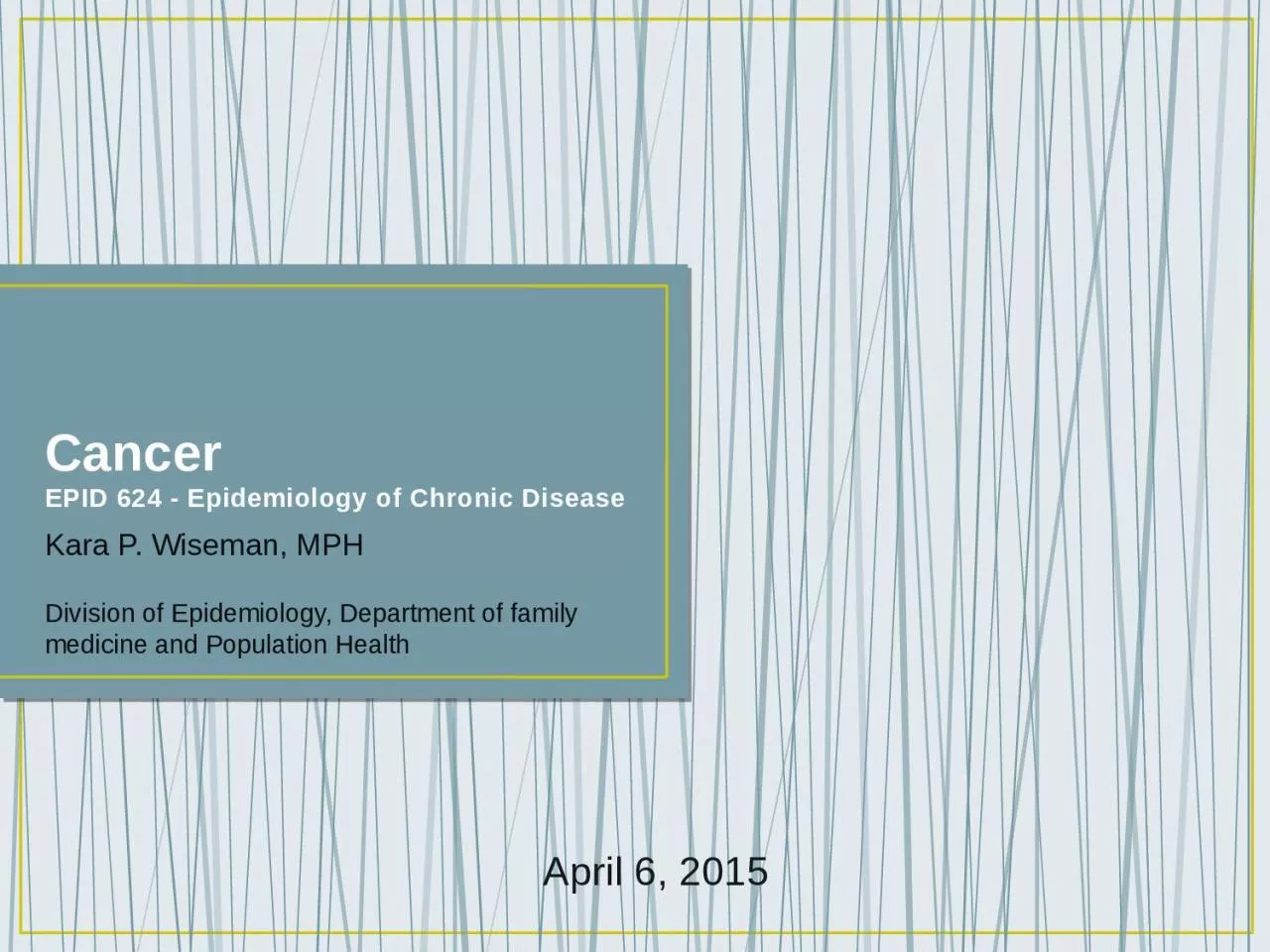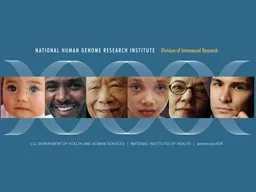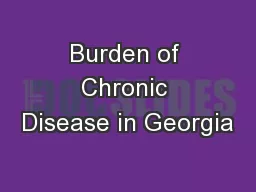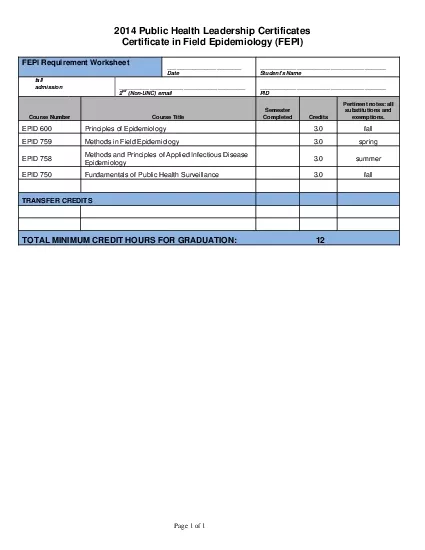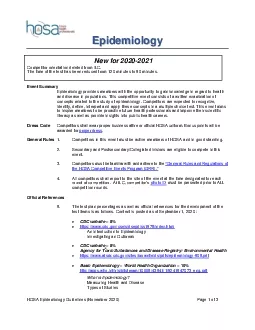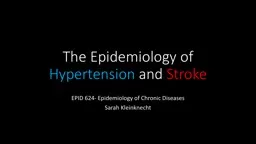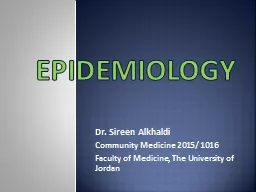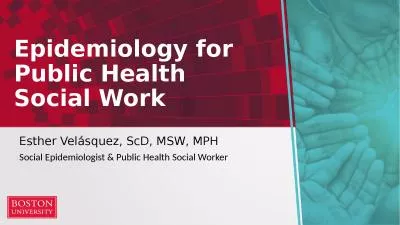PPT-Cancer EPID 624 - Epidemiology of Chronic Disease
Author : tremblay | Published Date : 2024-01-20
Kara P Wiseman MPH Division of Epidemiology Department of family medicine and Population Health April 6 2015 Outline What is cancer Cancer statistics Cancer prevention
Presentation Embed Code
Download Presentation
Download Presentation The PPT/PDF document "Cancer EPID 624 - Epidemiology of Chroni..." is the property of its rightful owner. Permission is granted to download and print the materials on this website for personal, non-commercial use only, and to display it on your personal computer provided you do not modify the materials and that you retain all copyright notices contained in the materials. By downloading content from our website, you accept the terms of this agreement.
Cancer EPID 624 - Epidemiology of Chronic Disease: Transcript
Download Rules Of Document
"Cancer EPID 624 - Epidemiology of Chronic Disease"The content belongs to its owner. You may download and print it for personal use, without modification, and keep all copyright notices. By downloading, you agree to these terms.
Related Documents

